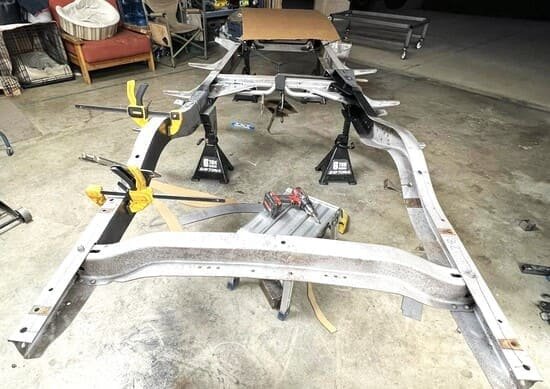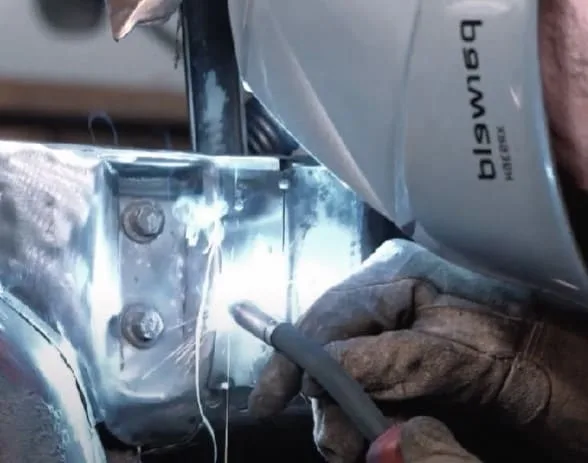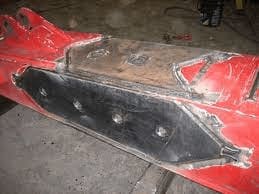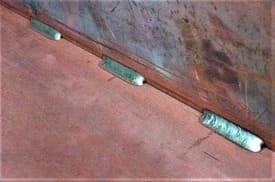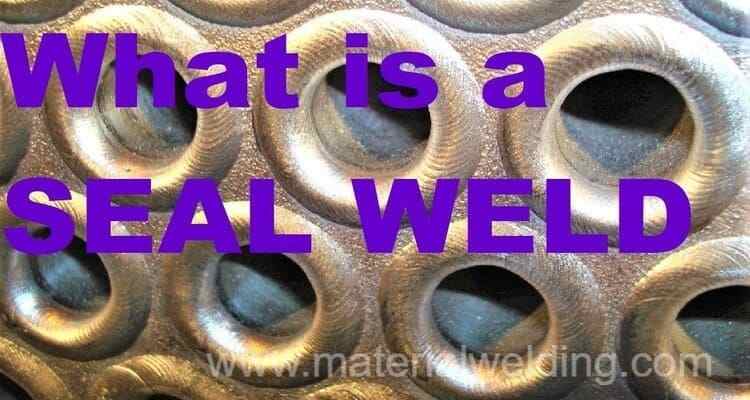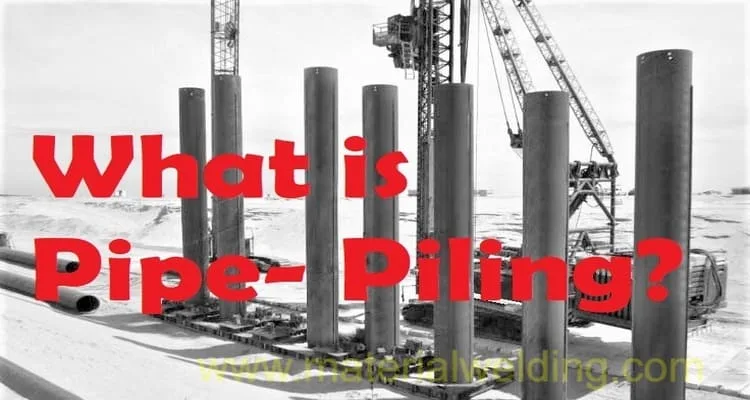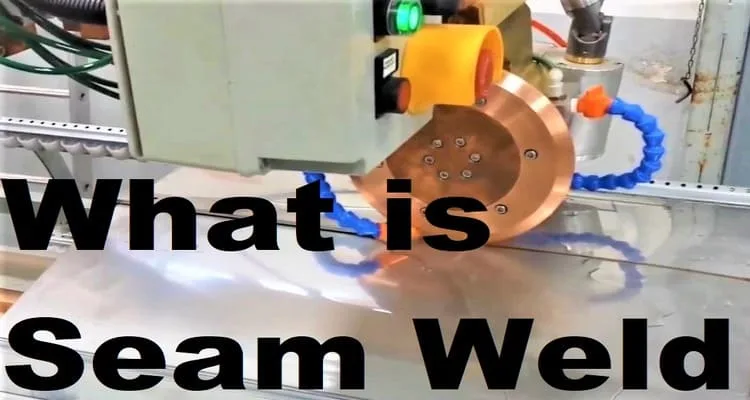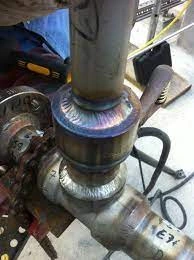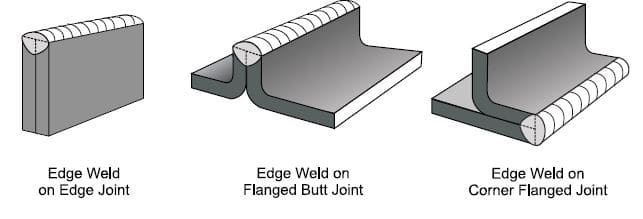What is a Pinch Weld?
A pinch weld is a type of seam or joint in a vehicle’s body structure where two pieces of metal come together and are welded or crimped together.
This type of joint is commonly found in the frame of a car, and it is used to provide structural strength and support.
Pinch welds are usually located along the bottom edge of a car’s body, where the sheet metal of the body panels meets the frame.
These joints are often covered with a rubber seal, which helps to prevent moisture and dirt from getting into the seam and causing rust or corrosion.
Pinch welds are important to the overall safety and structural integrity of a vehicle, and they need to be carefully inspected and maintained to ensure that they are not damaged or weakened. In some cases, pinch welds may need to be repaired or replaced if they have been damaged due to collision or rust.
How to make a Pinch Weld?
Making a pinch weld involves joining two pieces of metal together to create a strong and durable seam. Here are the basic steps for making a pinch weld:
- Prepare the metal: The first step is to clean and prepare the metal pieces that will be joined. This involves removing any dirt, rust, or debris from the surfaces that will be welded or crimped together.
- Align the pieces: Next, the two pieces of metal are aligned and held in place. This can be done using clamps or specialized welding fixtures designed for pinch welding.
- Weld or crimp the joint: There are two main methods for creating a pinch weld – welding and crimping. Welding involves using a welder to fuse the two pieces of metal together, while crimping involves using a special tool to crimp the two pieces of metal together along the joint. The method used will depend on the materials being joined and the specific application.
- Finish the joint: Once the joint is complete, any excess material or rough edges can be removed using a grinder or other finishing tool. The joint can then be painted or treated with a rust inhibitor to protect it from corrosion.
It’s important to note that making a pinch weld requires specialized equipment and expertise. If you’re not familiar with welding or metalworking, it’s best to leave this type of work to a professional.
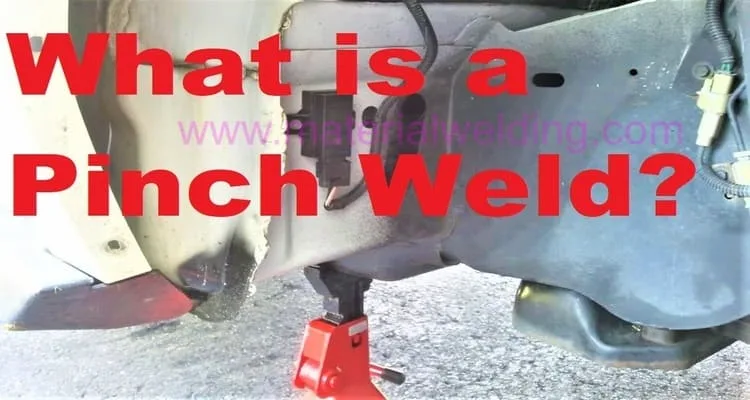
Can you Jack Up a Car on Pinch Weld?
Pinch welds are commonly used as lifting points on modern cars, and it is possible to jack up a car using the pinch welds.
However, it’s important to use the proper equipment and techniques to avoid damaging the car or causing injury.
Here are some general guidelines for jacking up a car on pinch welds:
- Use a floor jack with a rubber pad: A floor jack is the best tool for lifting a car, and it’s important to use a jack with a rubber pad or cushion to protect the pinch welds from damage.
- Locate the pinch welds: The pinch welds are typically located along the bottom edge of the car’s body, just inside the tires. Look for a small ridge or lip that runs along the bottom of the body panels.
- Position the jack: Position the jack under the pinch weld, making sure that the rubber pad is in contact with the pinch weld and not the body of the car.
- Lift the car: Slowly pump the jack handle to lift the car off the ground. Make sure the car is stable and secure before working underneath it.
- Use jack stands: Once the car is lifted, it’s important to support it with jack stands placed under the pinch welds or other designated lifting points. Do not rely on the jack alone to support the weight of the car.
- Lower the car: When you’re finished working underneath the car, slowly lower it back to the ground using the jack. Again, make sure the car is stable and secure before removing the jack stands.
It’s important to consult your car’s owner manual for specific instructions on where to place the jack and jack stands.
Some cars may have designated lifting points or special instructions for jacking up the car.
If you’re not comfortable working with a jack or don’t have the proper equipment, it’s best to have a professional handle the job.
Can Pinch Weld be repaired?
Yes, pinch welds can be repaired if they become damaged due to rust or collision. However, the method of repair will depend on the extent of the damage.
If the damage is minor, such as a small dent or scratch, it may be possible to repair the pinch weld using a body filler or other automotive repair product.
This involves filling in the damaged area with a product that is specifically designed for automotive use, such as a two-part epoxy or a metal-based filler. The repaired area can then be sanded and painted to match the rest of the car.
If the damage is more severe, such as a large dent or deformation, it may be necessary to cut out the damaged section of the pinch weld and replace it with a new piece of metal. This type of repair requires more specialized equipment and expertise, and it’s usually best to have it done by a professional auto body shop.
It’s important to address any damage to the pinch weld as soon as possible, as a weakened or damaged pinch weld can compromise the structural integrity of the car and affect its safety in a collision. Regular inspections and maintenance can help prevent damage to the pinch weld and other areas of the car’s body.
Pinch Weld repair cost
The cost to repair a pinch weld can vary widely depending on the extent of the damage and the specific make and model of the vehicle.
Here are some factors that can affect the cost of pinch weld repair:
- Severity of damage: Minor damage, such as a small dent or scratch, may be relatively inexpensive to repair, while more extensive damage can be more costly.
- Type of repair: The cost will also depend on the type of repair that’s needed. For example, filling in a small dent with a body filler will be less expensive than cutting out and replacing a large section of the pinch weld.
- Labor costs: Labor costs can vary depending on the auto body shop’s hourly rate and the amount of time required to complete the repair.
- Parts and materials: The cost of replacement parts, such as a new piece of metal to replace a damaged section of the pinch weld, can also affect the overall cost of the repair.
Overall, pinch weld repair costs can range from a few hundred dollars for minor damage to several thousand dollars for more extensive damage that requires cutting out and replacing a large section of the pinch weld.
It’s best to get an estimate from a reputable auto body shop to get a more accurate idea of the cost for your specific situation.
Which part of the pinch weld is strongest?
Pinch welds are designed to be strong and durable, and they provide a stable lifting point for jacks and other equipment. However, not all parts of the pinch weld are equally strong.
Typically, the strongest part of the pinch weld is the section that is closest to the center of the car’s body.
This is because the body panels and structural components of the car converge toward the center, providing more reinforcement and support for the pinch weld.
Additionally, this area tends to be less exposed to road debris and other hazards that can cause damage to the pinch weld.
On the other hand, the outer edges of the pinch weld, near the edges of the body panels, may be less strong and more susceptible to damage. This is because these areas are more exposed to rocks, debris, and other hazards that can cause dents, scratches, and other damage.
It’s important to be careful when lifting a car using the pinch welds, and to use the proper equipment and techniques to avoid damaging the pinch welds or other parts of the car’s body.
It’s also a good idea to inspect the pinch welds regularly for signs of damage or wear, and to have any issues addressed promptly to ensure the safety and integrity of the car.
How to ensure pinch weld quality?
Ensuring the quality of pinch welds is important to maintain the structural integrity and safety of a vehicle. Here are some steps you can take to ensure pinch weld quality:
- Regular inspection: Inspect the pinch welds regularly, especially after a collision or exposure to harsh conditions, such as winter road salt. Look for signs of damage, rust, or corrosion.
- Proper lifting technique: When lifting the car using the pinch welds, use a jack that is specifically designed for the weight of the car and that has a large saddle that fits securely on the pinch weld. Avoid using makeshift lifting points or lifting the car by other parts of the body.
- Professional repair: If the pinch welds become damaged, it’s important to have them repaired by a qualified professional. Look for an auto body shop that has experience with pinch weld repair and that uses quality materials and techniques.
- Quality materials: When replacing or repairing pinch welds, use high-quality materials that are specifically designed for automotive use. This includes welding equipment, filler materials, and paint.
- Proper finish: After the repair is complete, ensure that the pinch weld has a proper finish that matches the rest of the car. This includes painting or coating the pinch weld to prevent rust and corrosion.
By following these steps, you can help ensure the quality of pinch welds and maintain the safety and integrity of your vehicle.
